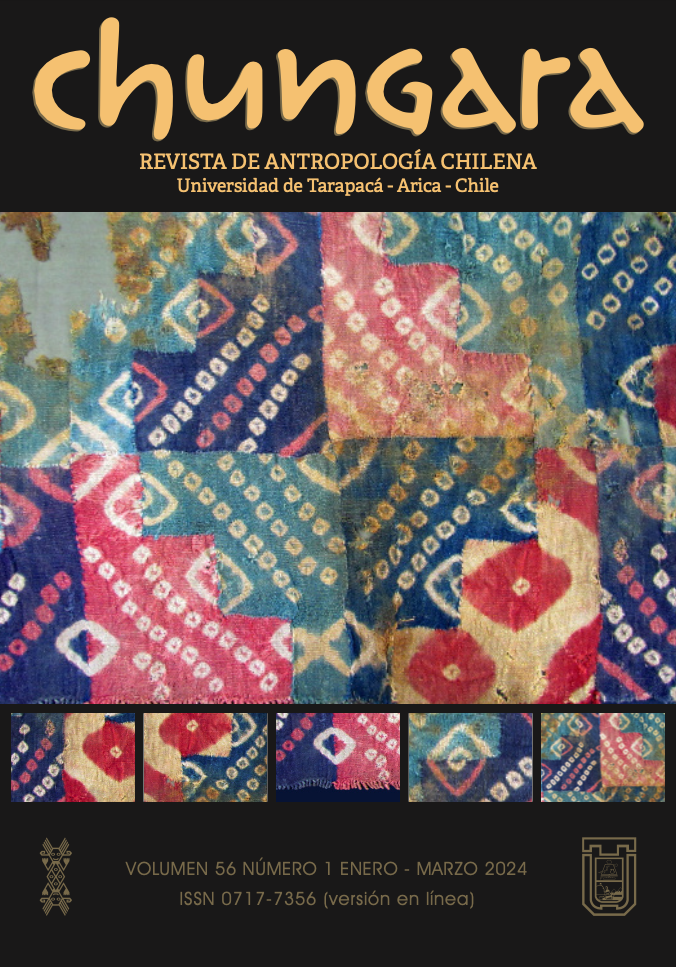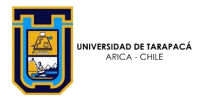MODES OF USE OF LITHIC TECHNOLOGY DURING EARLY AND MIDDLE HOLOCENE: THE CASE OF PASO OTERO 4 SITE (PAMPEAN REGION, ARGENTINA)
MODOS DE USO DE LA TECNOLOGÍA LÍTICA DURANTE EL HOLOCENO TEMPRANO Y MEDIO: EL CASO DEL SITIO PASO OTERO 4 (“REGIÓN PAMPEANA”, ARGENTINA)
Nélida Pal, Paula Barros, María. A. Gutiérrez and Gustavo Martínez
The main goal of this paper is to carry out a microscopic-based functional analysis in order to contribute to the understanding of the lithic technology of the hunter-gatherer groups that inhabited the Pampean region during the Early and Middle Holocene. To that end, the case of the Paso Otero 4 site is used. This site is located in the middle basin of the Quequén Grande River (Buenos Aires Province) and human occupation there ranged from between ca. 8900 and 4600 years BP. Through the study of the production and use of lithic artifacts, a better understanding of the functionality of the site was achieved. Results allowed to determine that general activities related to the processing of animal and plant resources were performed in the Paso Otero 4 site. Finally, the results were compared with the functional anlyses carried out at Paso Otero 3 site (ca. 4800-3000 BP), and the temporal trends in production and use practices for the period ca. 8900-3000 years BP were analyzed. The comparison of these contexts allowed to identify the production of the same activities (e.g., skin scraping, bone cutting, wood scraping/roughing) during that period, although dissimilar frequencies in the productive processes and edge use through time were detected. These differences are interpreted as a result of the organization of productive activities within the social context of hunter-gatherer groups.







